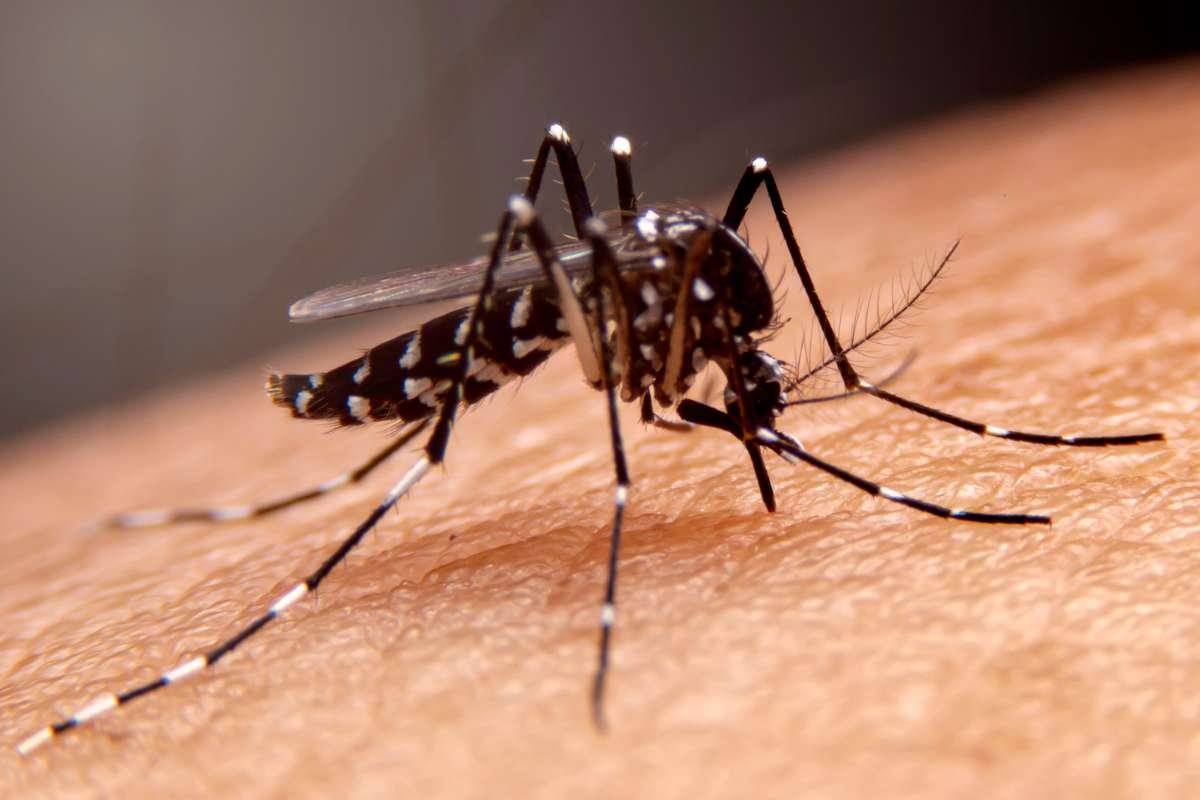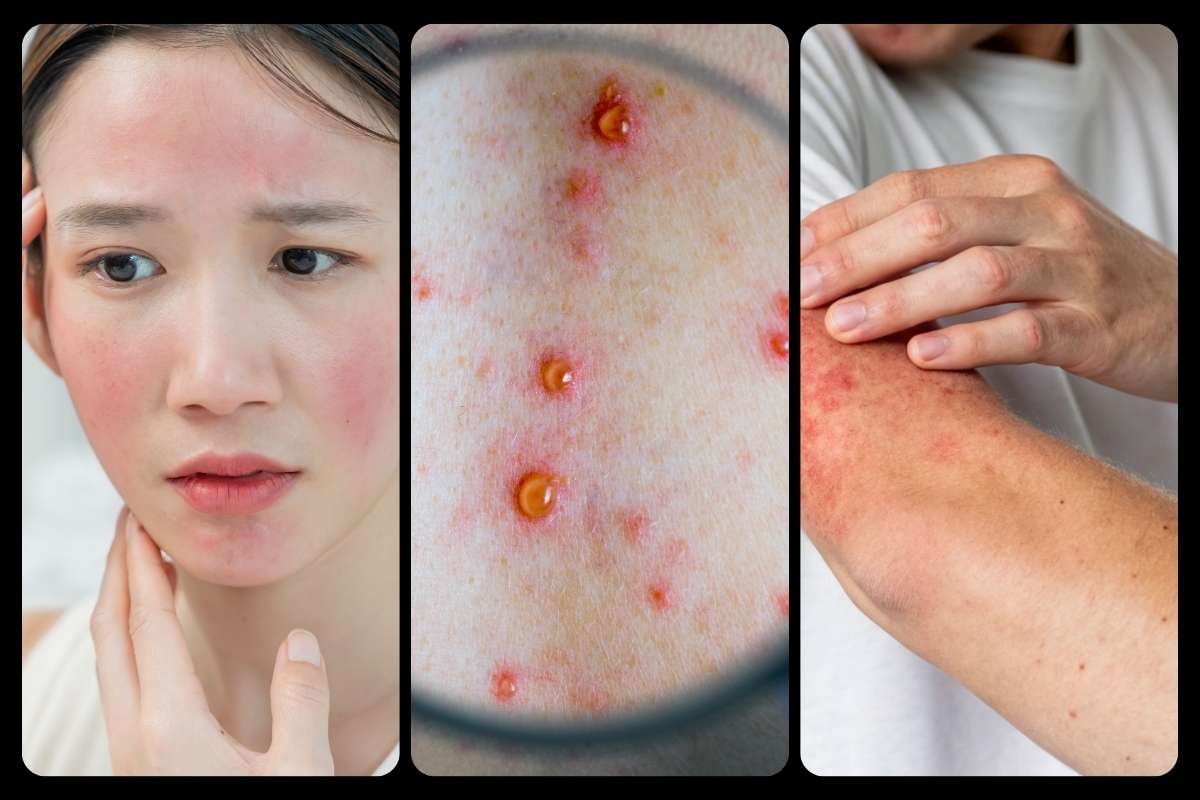News 1: Spring Allergy Season Intensifies—Trees Take the Blame

As spring unfolds, many individuals experience symptoms such as sneezing, nasal congestion, and runny noses, leading to confusion between seasonal allergies and the common cold. Both conditions share similar symptoms, but there are notable differences: allergies often cause itchy eyes and throat and persist throughout the season, whereas colds may cause a sore throat and resolve within a week. Colds are caused by viruses like rhinovirus and are contagious, while allergies are immune responses to airborne allergens like pollen and are not infectious.
Recent data indicates that allergy seasons are increasing in duration and intensity due to climate change. Between 1990 and 2018, the U.S. pollen season lengthened by 20 days with a 21% rise in pollen levels. In the UK, pollen season may now start as early as January.
Effective allergy treatments include antihistamines, nasal sprays, eye drops, and allergen tracking apps. For colds, rest, hydration, and isolation are recommended. With 2025 predicted to be one of the worst allergy seasons in recent history, distinguishing between a cold and an allergy is vital for effective treatment and preventing the spread of illness.
News 2: Disparities in Asthma and Allergy Diagnoses Among Asian American Children

A recent study published in STAT News highlights significant disparities in asthma and allergy diagnoses among Asian American children. The research indicates that these children are less likely to be diagnosed with asthma and allergies compared to their white counterparts, despite similar or higher prevalence rates. Factors contributing to this disparity include language barriers, cultural differences, and limited access to healthcare services.
The study emphasizes the need for culturally competent healthcare practices and increased awareness among healthcare providers to ensure accurate diagnoses and effective management of asthma and allergies in Asian American pediatric populations. Addressing these disparities is crucial for improving health outcomes and ensuring equitable healthcare access for all children.
News 3: Food Allergy Treatment Market Poised for Significant Growth

The global food allergy treatment market is projected to experience substantial growth over the next decade. Valued at USD 7.47 billion in 2025, the market is expected to reach approximately USD 15.32 billion by 2034, growing at a compound annual growth rate (CAGR) of 8.3%.
This growth is driven by several factors, including the increasing prevalence of food allergies worldwide, advancements in personalized medicine, and the development of innovative treatment options. Emerging therapies such as oral immunotherapy, sublingual immunotherapy, and epicutaneous immunotherapy are gaining traction, offering new hope for individuals with food allergies.
North America currently holds the largest share of the food allergy treatment market, attributed to high awareness levels, advanced healthcare infrastructure, and significant investment in research and development. As the market continues to expand, stakeholders anticipate improved treatment options and enhanced quality of life for individuals affected by food allergies.
News 4: Global Prevalence of Reported Penicillin Allergy Raises Concerns

A systematic review and meta-analysis published in the Journal of Infection reveals that the global prevalence of reported penicillin allergy (PenA) is nearly 10%. The study analyzed data from 174 studies across 28 countries, with the majority of data originating from high-income countries such as the United States, United Kingdom, and Australia.
The findings highlight a significant issue: many individuals labeled as penicillin-allergic may not have a true allergy. Research indicates that up to 95% of people with a PenA label can tolerate penicillins, which are preferred first-line antibiotics for over 95% of infections. Mislabeling can lead to the use of broader-spectrum antibiotics, contributing to antimicrobial resistance and increased healthcare costs.
The study underscores the need for improved diagnostic testing and de-labeling strategies to ensure appropriate antibiotic use. Expanding research and data collection in low- and middle-income countries is also essential to gain a comprehensive understanding of PenA prevalence and to develop effective global health policies.
Final Thoughts
This week’s news underscores the multifaceted challenges and advancements in the realm of allergies and global health:
- Environmental Factors and Allergies: The intensification of allergy seasons due to climate change necessitates proactive measures, including public education and healthcare preparedness, to mitigate health impacts.
- Health Disparities: Addressing disparities in asthma and allergy diagnoses among minority populations requires culturally sensitive healthcare practices and policies aimed at equitable access and treatment.
- Market Growth and Innovation: The burgeoning food allergy treatment market reflects a growing recognition of food allergies as a significant public health concern, driving innovation and investment in effective therapies.
- Antibiotic Stewardship: Accurate identification and management of penicillin allergies are critical to combating antimicrobial resistance and ensuring optimal patient care.
As we navigate these complex issues, a collaborative approach involving healthcare providers, researchers, policymakers, and communities is essential to advance health equity and improve outcomes for individuals affected by allergies and related health conditions.






